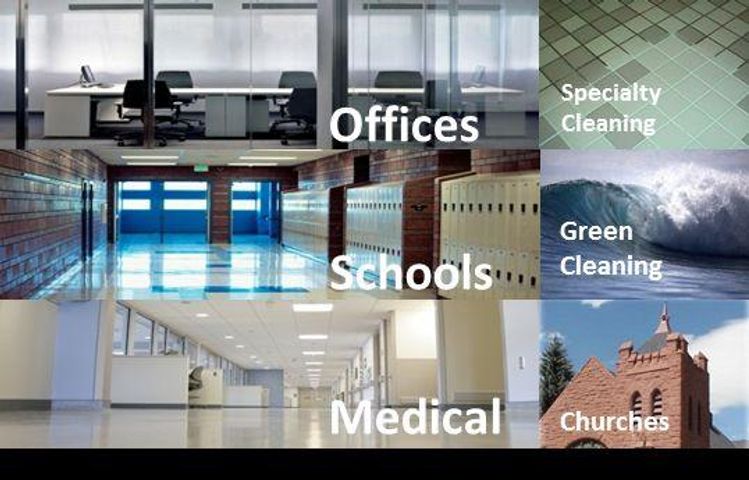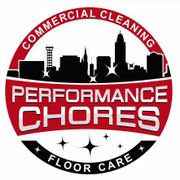The Best Method for Covid-19 Disinfection

You need Electrostatic Disinfection and How it works
When you think of cleaning, we generally think of wiping things down with cleaners and rags but in the Covid-19 era, we have to consider the effectiveness of cleaning chemicals as well as the time those chemicals need to kill the virus. In most cases, chemicals need to be in contact with the virus for 30-120 seconds. You also need a sufficient amount of chemical to be wet on the surface during that time.
How Does Electrostatic Disinfection Work?
Electrostatic sprayers combine the cleaning solution with air that is atomized by an electrode when leaving the sprayer. The spray is positively charged and able to aggressively adhere to surfaces and objects in a 360-degree manner.
Because the particles in the spray are positively charged, they cling to and coat any surface they’re aimed at. For awkwardly shaped objects or hard to reach places, cleaning staff only have to point and spray. The charged mist coats surface evenly, and envelopes objects, even if the mist is only sprayed from one side. After the spray is applied, the sanitizing agent works to disinfect the covered surfaces. For this reason, electrostatic sprayers are an excellent solution for virus control.
The main benefits of electrostatic spray disinfection include:
- Improves infection control and the spread of viruses
- Applies chemicals in a more efficient, controlled manner, eliminating the dangers of over or under use
- Prevents costly financial burdens associated with contagious healthcare infections
Interested in learning more about electrostatic spray disinfection technology and how it would benefit your building? Contact Performance Chores, your trusted Lincoln commercial cleaning company.
DON’T CONFRONT CORONAVIRUS ON YOUR OWN
Get COVID-19 cleaning help from the professionals. Performance Chores uses professional chemicals with quick Covid-19 kill times and we specialize in the following facility types:
- Corporate
- Medical & Healthcare Facilities
- K–12 Schools & Universities
- Commercial Kitchens
- Houses of Worship
- Clean Rooms & R&D Facilities
- Construction Cleanup
- Industrial
About the Business
Have a question? Ask the experts!
Send your question

